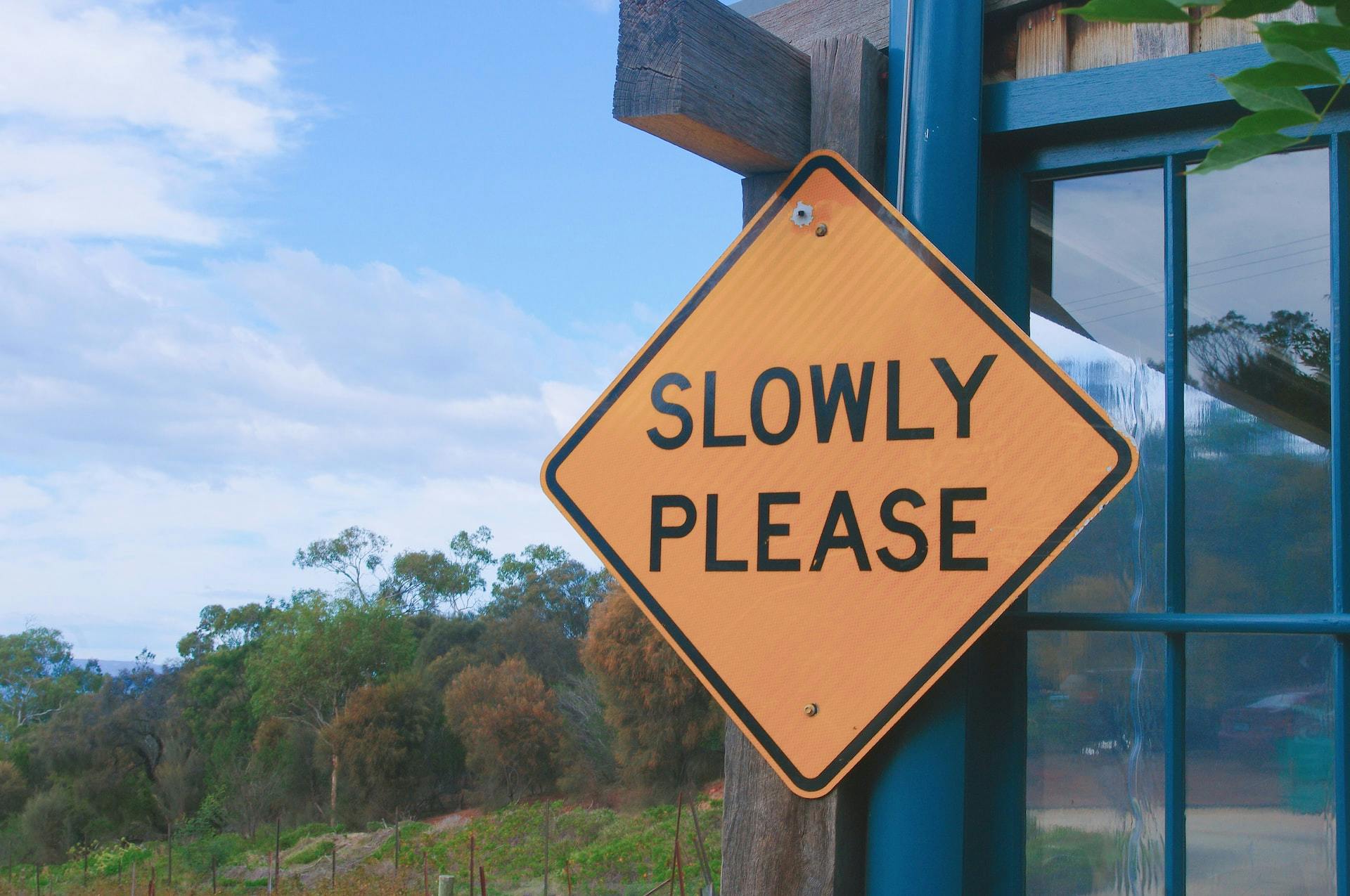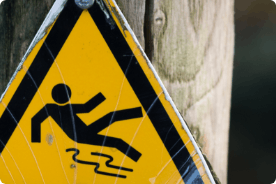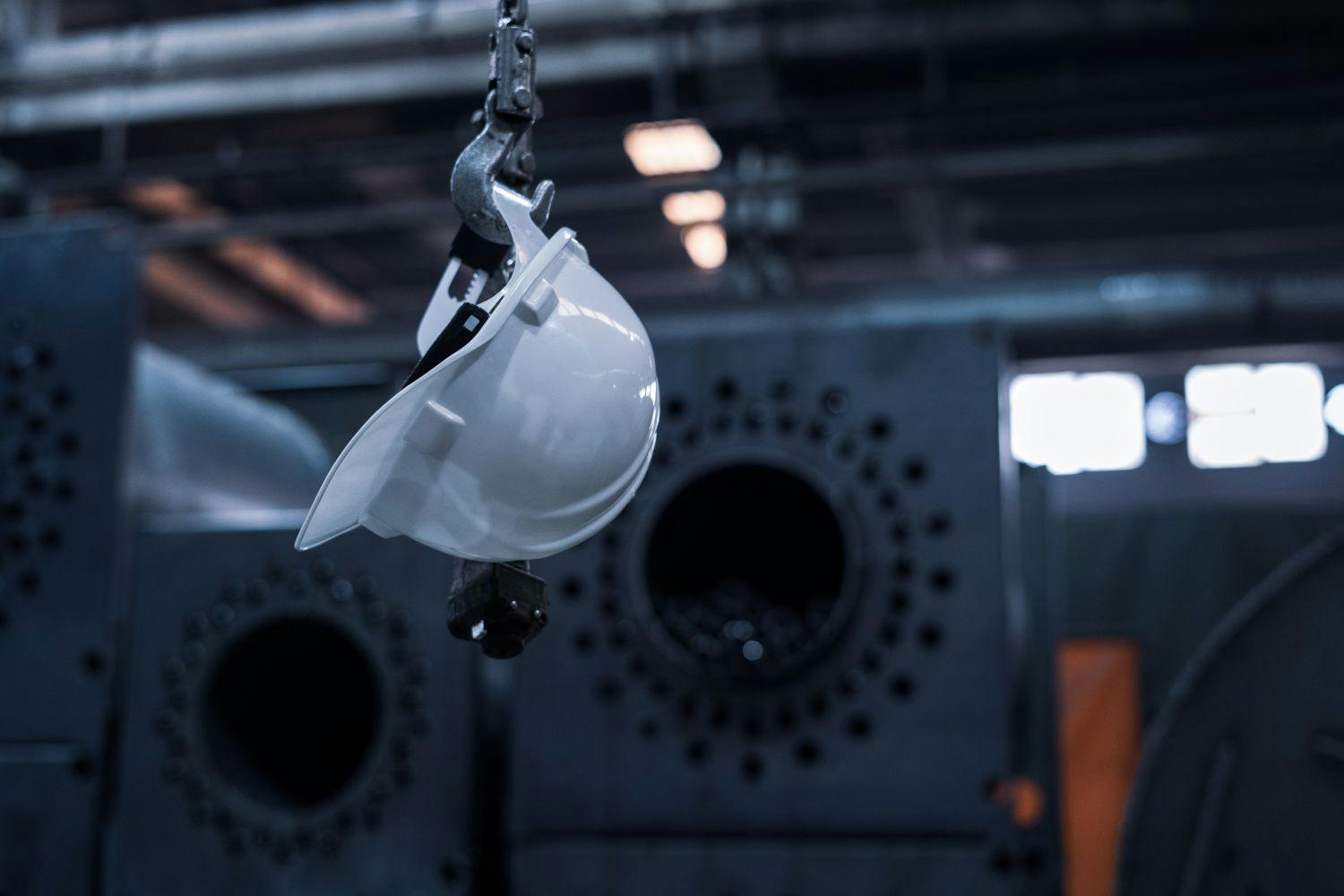First published on Wednesday, Jul 27, 2022
Last updated on Thursday, Apr 11, 2024
In line with laws for health & safety, you must provide a safe and healthy workplace for your employees.
This requires you to meet your health & safety obligations at work. If not, your employees could face serious and imminent danger. This could be from not conducting a suitable and sufficient assessment to prevent risks.
This guide will explain what health & safety is at work, what the health & safety legislation requires, and what your duties are.
What is health & safety at work?
Health & safety at work includes a range of responsibilities for maintaining a safe working environment for your employees.
If you establish the right policies and procedures, you can train your employees to understand them. By using adequate health & safety training, you can prevent and manage accidents or injuries at work.
In the UK, the Health and Safety Executive (HSE) is the government agency which advises employers on legislation and work regulations.
Do you need a health & safety policy?
A health & safety policy can allow you to set out your general approach to health & safety at work.
It explains how employers or line managers will manage health & safety in your organisation. It must be published to HSE if you employ more than five people.
What does Health & Safety at Work Act require?
Under the Health and Safety at Work Act 1974 and the Management of Health and Safety at Work Regulations 1999, employers have to ensure the health, safety and welfare of their employees at work.
This must include minimising the risk of work-related mental health issues, as well as injuries.
The Health and Safety at Work Act 1974 covers all workplaces and says that all employers must evaluate whether they have taken sufficient precautions to prevent damage or injury.
All employers have a duty of care to protect employee health at work. A term is implied in all employment contracts that require employers to take care of their employee's health & safety.
Employers must:
Provide a safe workspace
Provide a safe work system
Provide adequate equipment at work
Recruit competent people
Approved codes of practice
They advise on how to comply with the law. For example, providing a guide to what is reasonably practicable. Another example would be if regulations use words such as suitable and sufficient.
If employers are prosecuted for a breach of health & safety law, a court could find them at fault unless they showed they've complied with the law in another way.
To avoid a break of health & safety law, a risk assessment should be conducted to reduce any risks.
Purpose of risk assessment
To ensure the management of health & safety is being controlled, risk assessments must be conducted.
A risk assessment allows employers and self-employed people to assess the risks to workers and others who may be affected by their work activity.
This will enable you to identify the measures needed to comply with health & safety laws.
Here are some steps to follow when conducting a risk assessment:
Identify hazards
Consider who may be harmed
Evaluate the risks
Action measures
Review results
Assess the risk assessment
You should make sure risk assessments are updated and you should review them every time there are changes at work.
Employers with five or more employees should record significant findings of their risk assessment.
Accidents and disease at work
Of course, accidents and diseases occur at work. But it's your job to know what to do when they happen.
The Reporting of Injuries, Diseases and Dangerous Occurrences Regulations 2013 (RIDDOR) require employers to report the following to the HSE:
Major injuries
Dangerous occurrences
The HSE's aim is to reduce work-related death, injury and ill health.
As an employer, you're legally obliged to provide first aiders and inform all staff of the arrangements for receiving first aid. Injuries must be addressed by an appointed first-aider.
Health & safety arrangements
As an employer, you need to meet the commitments you have made in your health & safety policy. This should include how you plan to eliminate or reduce the risks of hazards at work.
Additionally, safety arrangements in your policy can include:
Employee training
Using signs to highlight risks in the workplace
Using safety equipment, such as Personal Protective Equipment (PPE) or safety boots
Improved lighting
Replacing hazardous chemicals with alternatives
Equipment should be used in accordance with training and instruction. Your employees should take reasonable care of their own health & safety and those who may be affected by their acts.
You should focus your attention on activities that could present a significant risk to your employees.
Health surveillance
Health surveillance is a system of ongoing health checks. These checks are required by law for employees under certain working conditions.
These include working with:
Noise or vibration
Ionising radiation
Solvents
Fumes
Dust
Biological agents
Other hazardous substances
Surveillance is a good way to check whether the health & safety measures you have implemented are working.
Under the Management of Health and Safety at Work Regulations 1999, it states that all employers should ensure that employees are provided with health surveillance as identified within the risk assessment.
Health & Safety assistance
To ensure the safety of your organisation's health, you should appoint one competent person to fulfil their health responsibilities at work.
A competent person can be an employer, an employee or an external Health & Safety Consultant. However, even if you've appointed a competent person, you still have the overall responsibility and legal duty of care for health & safety at work.
What are the employee's duties?
In health & safety, it's not just employers who have a legal duty under the work regulations. Employees also have a duty at work and they must:
Use all machinery—equipment and substances in accordance with any training they have been given
Inform employers or a workplace representative about any dangerous situations
Inform an employer of any shortcomings in their health & safety arrangements
Temporary workers
Before temporary workers can start work, you need to provide them with the right information. This can information can be:
About occupational qualifications needed for the role
About the health surveillance required to be provided
About parts of the role which can affect their safety or cause ill health
Young people
Employees under 18 years old can be vulnerable due to a lack of experience or absence of awareness. Young people shouldn't be exposed to a range of hazards, such as:
Work beyond their capacity
Exposure to agents
Exposure to radiation
Extreme heat or cold
Noise or vibration
There are circumstances in which young persons can be exposed to the above hazards. For example, when it's necessary for training, being supervised or when exposure has been reduced to low.
New and expectant mothers
Employers should control risks to an expectant mother, her unborn baby and a new mother.
They should also need to conduct risk assessments for work processes, conditions, biological and chemical agents.
If a risk is identified, you should do the following for expectant mothers:
Adjust the employee's working conditions
Give suitable alternative work
Suspend the employee on paid leave
Managing your health & safety with BrightHR
As an employer, the management of health & safety should be your top priority.
Before starting any work, you should eliminate any hazards and reduce the number of risks. All employees should follow the work regulations to ensure their safety at work.
If these are neglected or an employee suffers from an accident, or medical care, you could face costly compensation claims.
BrightHR can help you manage health & safety with our end-to-end health & safety software and 24/7 health & safety advice line.
Book a free demo today or give us a call on 0800 470 2432








